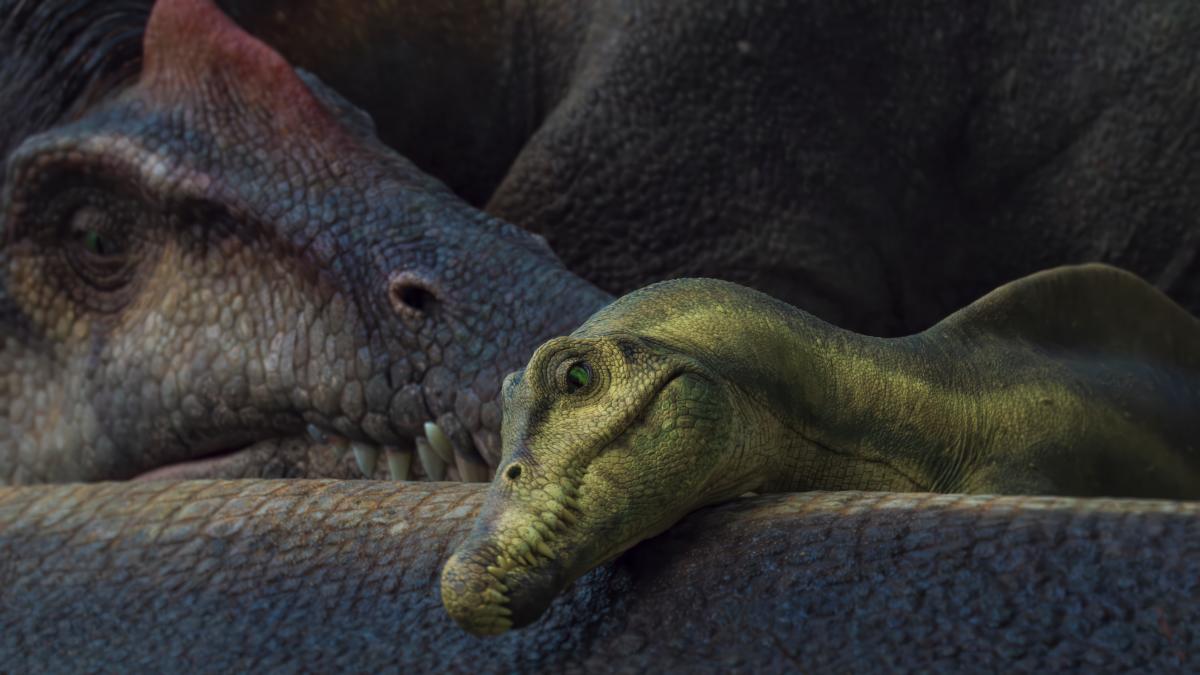HOLLYWOOD has a long history of making villains out of dinosaurs for dramatic and entertainment purposes. Given their immense size and reputation for danger, dinosaurs have been frequently depicted as fearsome monsters.
A new BBC Studios documentary, however, shows a gentler side of them. Returning after 25 years, BBC classic documentary series Walking with Dinosaurs follows the lives of six dinosaurs, including the famous T-Rex and Triceratops.
It can be watched on BBC Earth via Unifi TV channel 501 or Astro channel 554 on Sundays at 8pm.
Each episode interweaves scenes of CGI dinosaur life with the work of scientists uncovering their fossilised remains. BBC head of development Thomas Scott and Dr Nizar Ibrahim, a scientist who worked on the series, spoke to theSun on bringing the documentary to life.

How does it feel to bring back the series after 25 years?
Scott: It has been a huge honour and a privilege to get the opportunity to do it. We were on the 25th anniversary of the first series and there have been many extraordinary scientific breakthroughs since then.
So, between the opportunity to use new visuals and tell new stories, it was the perfect time to do it. The new series has since been watched by millions of people and it is still being watched as it launches in all the different territories. So, it has been an honour and a privilege.
Nizar: I grew up watching the first season, which is such an iconic title and series. So, to work on the second series as an established scientist now feels very exciting. It feels surreal because it is something that you experienced as a child.
To contribute and write the new chapter for the series was a special experience. Fortunately, the people working on the series felt the same as they were extremely passionate about the project. Everyone wanted to do science justice.
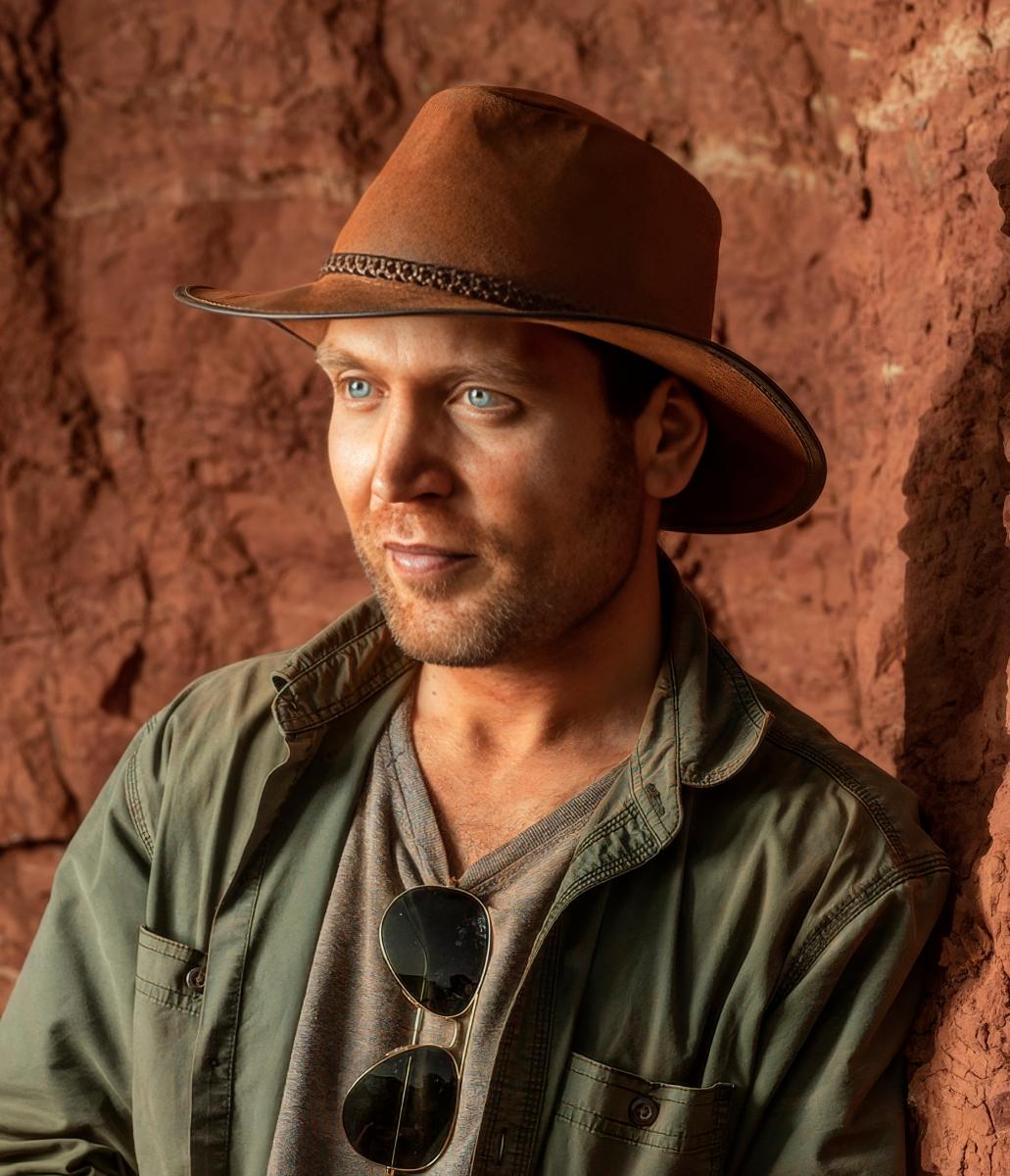
Did you feel pressure to live up to or outdo the original series?
Scott: I was 14 when the first series came out. I remember watching it with my parents and was inspired to do the degree I did at university and the career I have been doing from watching it. I know the same is true for lots of people in the field.
So, you do feel a huge responsibility because you are not just making an amazing piece of television, you are also creating the start of a lifelong passion for palaeontology and science. That is one of the things I love about the series.
Nizar: Definitely because the original series set the bar very high. It was this amazing spectacle as many people watched it. But with nostalgia tinting things a little, we tend to forget that there were a few inaccuracies pointed out by palaeontologists and scientists.
It is difficult for people to distinguish between things that are directly based on fossils and things that are not. People who do not have background knowledge of palaeontology and natural history, may believe that 90% of what they are watching is made up.
All they hear is an authoritative narrator telling them things but do they really know these things? So, with the new series, we are taking it one step further and ensuring viewers are not only entertained but also learn something new.
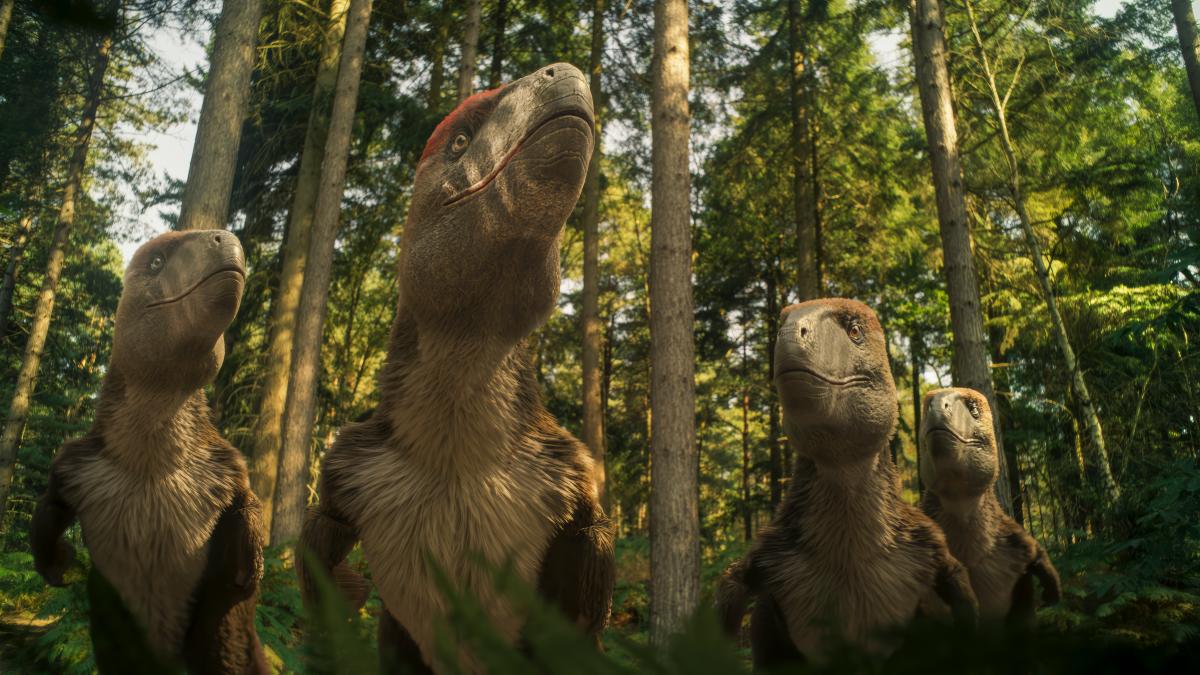
What were some sources you referred to during pre-production?
Scott: There is science running through every element of this. Just in terms of the scientists we work with, every episode has a key palaeontologist who is excavating the bones of the individual dinosaur.
We work with those experts in the field to tell the stories of what is coming out of the ground. We also work with them to combine our knowledge of science and natural history storytelling to create the story for our individual dinosaurs.
In terms of designing the dinosaurs, we work with our scientists, using their academic publications and others. Additionally, we have another layer of experts who are our series consultants who sit across the whole series.
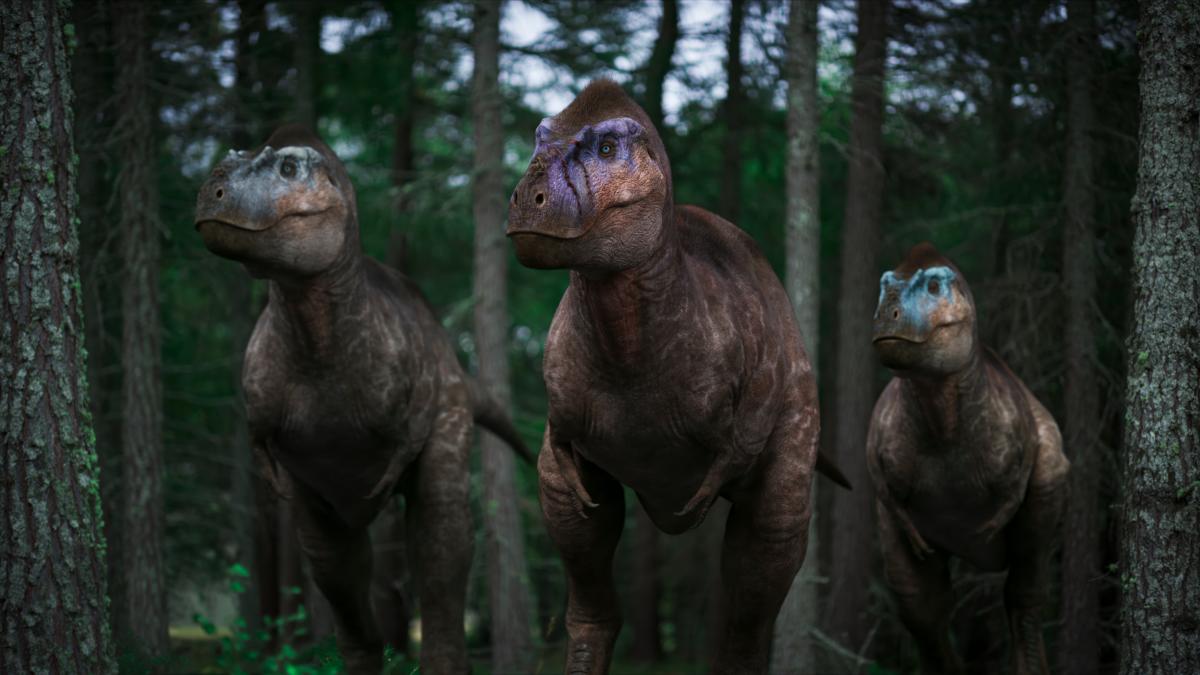
Was it easier to re-imagine the legendary creatures with the new visual effects and updated scientific knowledge?
Scott: It did not make it easier because it was a different challenge. In the first series, they used a combination of CGI when it was wide shots, long lenses and close-ups. The models were anatomically correct as they could be back then.
With pure CGI, you can create more dramatic sequences to build a sense of character. For instance, it enables you to have features and expressions, allowing you to build an emotional bond with the dinosaurs.
But some of the CGI made things harder such as putting more feathers on dinosaurs. There is a lot more texture, lighting, colours, shading and complexities going on. But that is a challenge we are happy to embrace.
Nizar: It is interesting how some of the movements of the dinosaurs look alien and surprising to some people. It is the first time that many actually see what a T-Rex or an Albertosaurus would actually look like when it is walking.
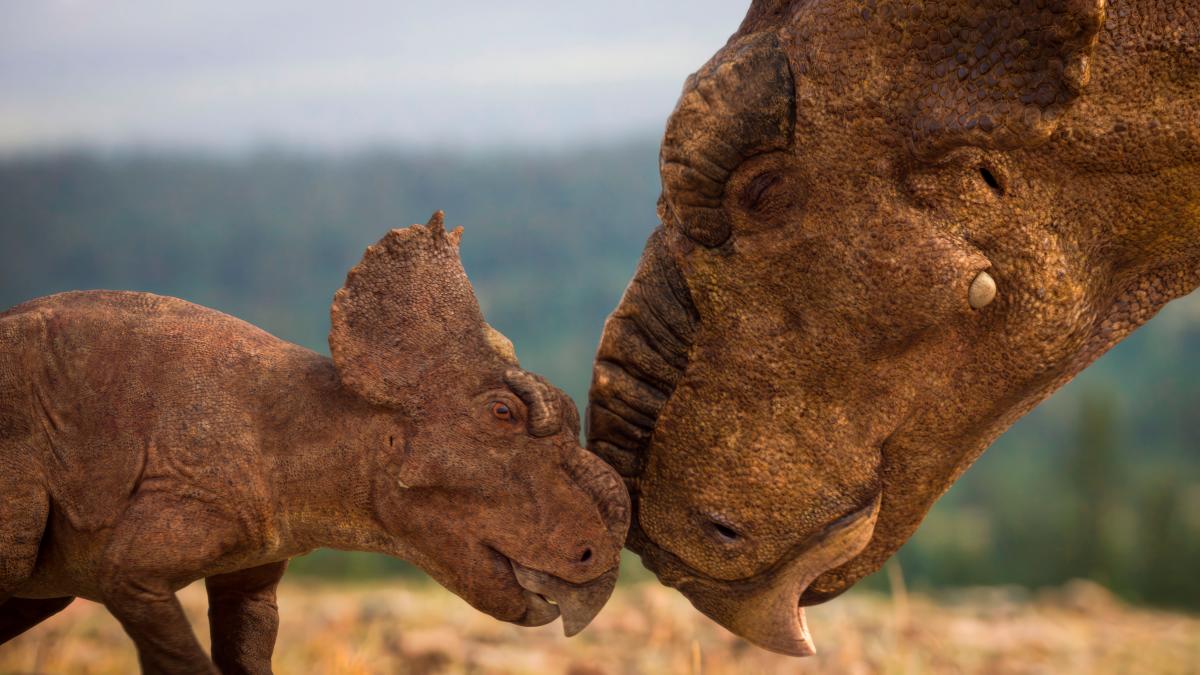
It is supposed to look weird and alien-looking when you actually do it right. If you look at a T-Rex walking in Jurassic Park, it looks more like your typical Hollywood monster and it roars like a lion. But the reality is these animals are like aliens.
There is nothing like a T-Rex or a Spinosaurus around today. So, it is interesting to be able to capture the alien nature of these creatures with new CGI.
Will this series provide a warmer perception of dinosaurs, given the many violent portrayals of them?
Scott: Certainly because we are spending so much time with an individual dinosaur. There is the chance to tell a more complex story of their social structure, their relationship with their offspring or with other members of their pack.
You, as a result, get a more rounded sense of what these animals would have been like. You will get to see a Spinosaurus looking after his babies. You will see two Albertosaurs comforting each other after a failed hunt. We want people to walk away thinking that these are not monsters.
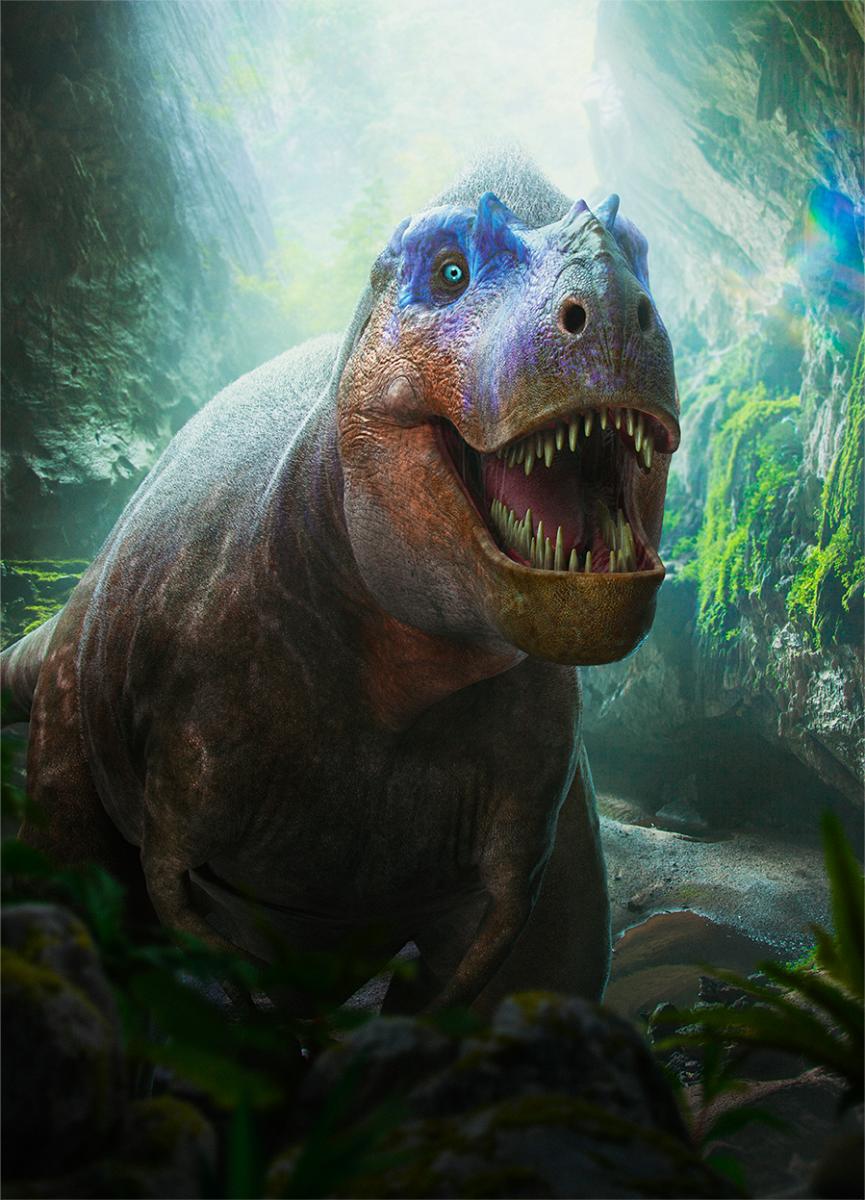
Nizar: There will be a stark difference. In Hollywood movies, dinosaurs are one-dimensional creatures. They are out to destroy and eat you. Whereas with Walking with Dinosaurs, you see a palette of behaviours such as protecting their offspring, feeding and going on long journeys.
You have a richer picture of an animal and not a monster. This rich palette of behaviours is something you only see in Walking with Dinosaurs.
Do you think dinosaurs will ever walk this earth again through regenerative cloning?
Nizar: No, but we are very fortunate that we still live in an age of dinosaurs. Birds are living dinosaurs and they carry some old fossil genes, which allowed them to switch from their dinosaurian ancestors.
So, if you tweak some of those genes, you can make a chicken grow some tooth buds, a long tail and grasping arms. But it still would not be a velociraptor. Instead, it would be a very scary-looking chicken.
The genetic material is far too degraded and essentially non-existent in almost all chickens. You might be able to do it one day with extinct mammals such as thylacine and mammoth. It would still be hugely challenging but we might be able to pull that off, but not a T-Rex.
Dinosaurs are thousands of times older than most of us. Even if we could, it would not be a good idea as I am sure they will suffer from our human activities. It is probably better for them to be extinct.



